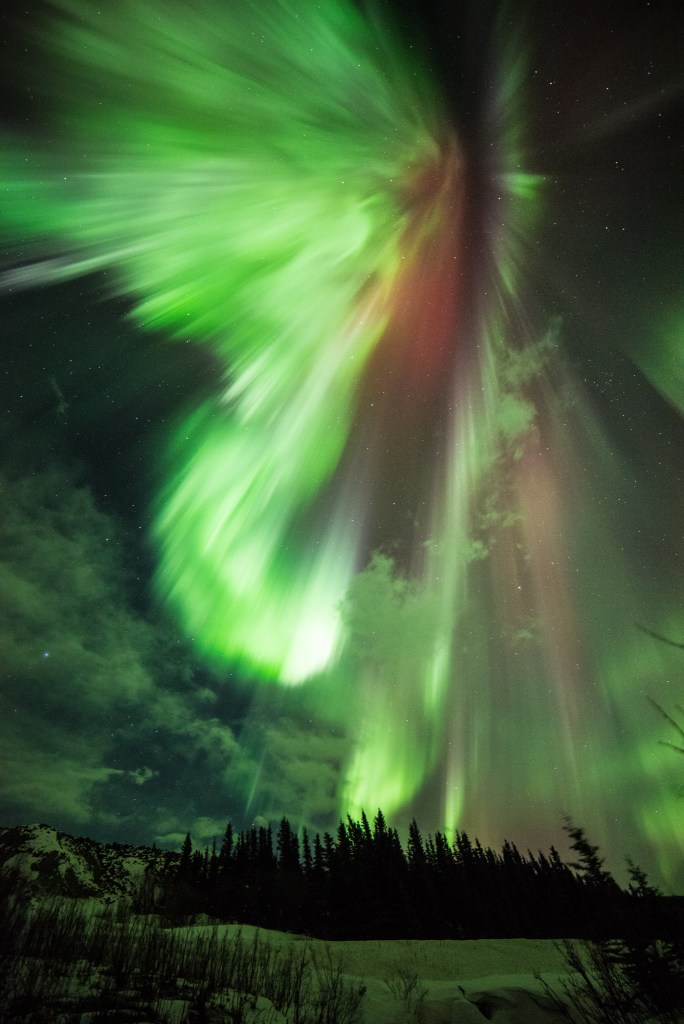Meteoroid Environment Office
NASA’s Meteoroid Environment Office (MEO) is the NASA organization responsible for meteoroid environments pertaining to spacecraft engineering and operations. The MEO leads NASA technical work on the meteoroid environment and coordinates the existing meteoroid expertise at NASA centers.
The MEO was established by the NASA Headquarters Office of Safety and Mission Assurance (OSMA) in October of 2004 as the NASA organization responsible for meteoroid environments pertaining to spacecraft engineering and operations. Its creation is the result of various NASA panel recommendations and recent Leonid meteor storms.
The MEO is located at NASA’s Marshall Space Flight Center in Huntsville, Alabama. Organizationally, it is part of the Natural Environments Branch (EV44) – a component of the Space & Vehicle Systems Department of the Engineering Directorate. The MEO is the first official NASA meteoroid program since the Johnson Space Center meteoroid group was disbanded in 1970.
The objective of the MEO is to understand the flux and the associated risk of meteoroids impacting spacecraft traveling in and beyond Earth’s orbit. Meteoroids impacting spacecraft are a quantifiable risk as they can puncture pressurized volumes (i.e. space station modules, propellant tanks) or destroy components (i.e. engines, electronics).
While meteoroids have never been definitively proven to have destroyed a spacecraft, there have been several in-flight anomalies attributed to meteoroid impacts including loss of the Olympus satellite to control system failure induced by a Perseid shower meteor impact. Understanding the meteoroid environment can help spacecraft designers to better protect critical components on spacecraft or avoid critical operations such as extravehicular activities during periods of higher flux such as meteor showers.
The primary functions of the MEO are to:
- Lead NASA technical work on the meteoroid environment; coordinate the existing meteoroid expertise at NASA centers.
- Provide design, operational determination, and review assistance for NASA Programs/projects with respect to risk mitigation.
- Develop, maintain, and distribute a more accurate sporadic meteoroid model.
- Provide meteor shower forecasts to NASA spacecraft operators.


























